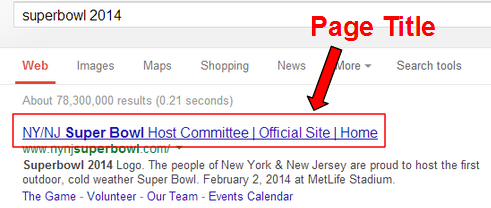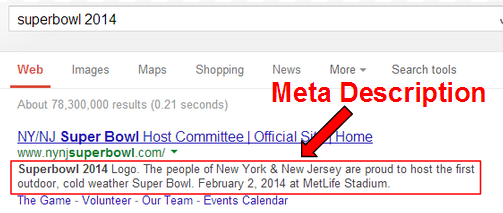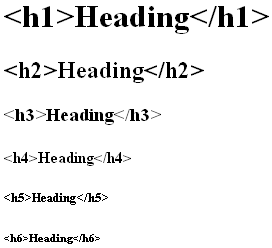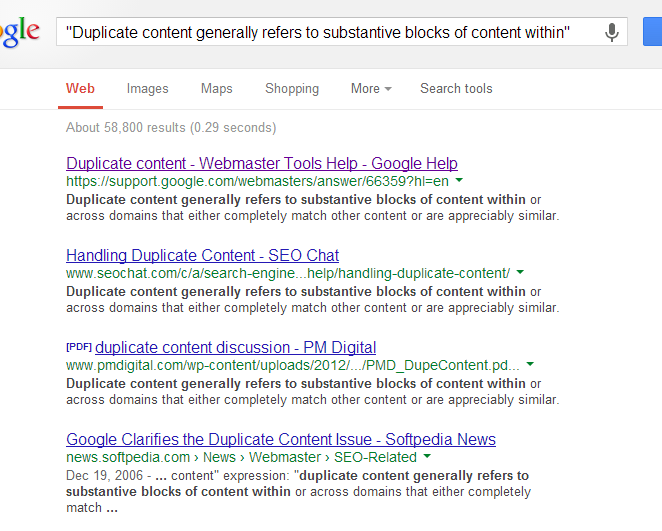I’m going to preface this by saying this is an article of the basic SEO (search engine optimization) variety. I don’t really mention advanced SEO tactics, so if you’re above the Beginner SEO level, then you probably won’t learn anything new here… although sometimes articles like this are a nice refresher.
I’d like to talk about the work I did (I guess this is sort of a case study) on one small business site very recently. With one day’s worth of work, I saw an immediate increase of 82% in Organic Traffic and 50% increase in impressions. This is a demonstration of the power of On-Page SEO and just how quickly you can see results, especially for a site that had never truly been optimized.

Again, all the changes were on-page SEO, meaning changes on the site, nothing to do with link-building or anything like that (although, we’re going to have a strong link building campaign I’m excited about, so I’m sure I’ll write about at a later date…).
Anyway, there’s still a TON of work ahead for this site, but it’s amazing to see how quickly traffic can increase with simple preliminary on-page SEO.
On-Site SEO Changes
The following are all changes made to improve the SEO of a client’s site that led to the large increase in traffic. All changes mentioned below deal with On-Page SEO — nothing to do with links, social media, etc.
And again, all changes were done in one day.
Keyword Research
I did some research from the initial keywords the client was wanting to rank for and created a list of target keywords for reference. I assigned a different target keyword phrase to each page. Each of the main pages on the site I would later optimize for the assigned keyword. Again, one keyword per page.
Here’s a brief explanation of how I did this…
I used a tool called Screaming Frog to crawl the website and get a list of all the pages. Screaming Frog is free by the way. I then exported the pages to Excel. I did some keyword research with Google Adwords in conjunction with the keywords they were already targeting and hoping to rank for. Using past experience and some basic keyword analysis, I decided on what I thought were the best keywords to target. I then labeled each URL in Excel with one keyword phrase (sometimes two).
Some pages in my list did not relate to any of my keywords and that’s fine. Don’t attempt to optimize pages for keywords that are unrelated.
Page Titles
I gave each page on the site a unique Page Title that included the keyword phrases I was hoping to rank for. I also made sure to add the brand name to the end of every Page Title.
The key here is to add your keywords at beginning of the Title, where they are given more weight, and to not stuff the titles with keywords. Besides, anything beyond 60 characters isn’t even going to show in the SERP (search engine results pages).

Meta Descriptions
Created a unique meta description for every page. I did include the target keyword phrases in these meta descriptions, but it’s important to note that these do not effect search engine rankings.
They can however effect the click through rate of your listings, so make them compelling.
Note: Keep these under 160 characters.

Heading Tags
I made sure most of the pages had an H1 tag for the top heading, the text that describes what the page is about. I also used H2 tags whenever I had sub-headings. I used the target keywords in H1 and H2 where appropriate without keyword stuffing. This is very key, it really needs to be natural.

Alt Tags
I added alt tags to describe each of the images on the site, again, without keyword stuffing. You should add your keywords in the alt tags of your images. But, the alt tag also needs to describe the image itself. So, pick the right images so you can add the right keywords.
Canonical Tags
I actually had found some duplicate pages on the site. Basically, variations of the same page where there are multiple URLs representing the exact same content. To remedy this, I added what’s called a Canonical tag to most of the primary pages. This isn’t the best way to deal with every type of duplicate content issue, but I was actually not very familiar with this particular CMS, so canonical tags are what I chose to add, at least for now.

Note: This is somewhat advanced, so I wouldn’t recommend using Canonical tags if you aren’t very familiar, as it can screw things up for your site, and I’m including web developers when I say this as well.
Here’s a good video from Google’s Matt Cutts discussing the Canonical Tag
Duplicate Content
I removed various paragraphs on the site that were mentioned on multiple pages, leaving those paragraphs on just one page. I had also found a couple of sections on the site that seem to have been copied from another site, so I removed that as well. Duplicate content is a no-no, whether it’s content that is showing up multiple times on your own site, or content that is showing up on your site and someone else’s site, it should be something of concern.
If it’s possible to have 100% unique content on each page, then I’ll try and make sure that happens.
TIP: A very easy way to see if you are dealing with duplicate content is to copy a snippet of text and paste it in a Google search with quotes surrounding the text.
Here’s a screenshot of a search I just ran to demonstrate…

Thin Content
I flat out removed pages that had very little content (text, image, video). For example, there was a page listing out some affiliations of the company. So, not only was it thin content, but low value too. I really didn’t see the point in having it at all, so I had it removed.
Note about removing thin content pages: I do not recommend removing pages from your site w/out first looking at links and traffic coming in to the page. You also want to make sure that URLs you remove, later get redirected with what’s called a 301 redirect to a related page.
There were some pages that had a very small amount of content, but the content was decent enough to keep. So I consolidated it to other pages. For example, I moved some pieces of content to the About page, where I thought it could still add some value. I’d also like to mention that in some cases I myself created brand new unique content when I thought it was necessary. This was just for a few pages that I thought were very close to quality and just needed another paragraph or so of unique content.
Another example of thin content I found was their FAQ section. Each question and answer was its own URL, its own page. This left multiple thin content pages, so I decided to combine all of these together on one page.
Here’s a great article from Moz about dealing with thin content.
Readability
I went through all pages to consistently structure for improved readability and hopefully better visitor performance. I increased font size, added headings and sub-headings, bolded when necessary, fixed misspellings, and even added images to content that looked too text heavy.
Address & Phone Number
This is a local business, for the most part. Adding the address, phone number, and name of business to all pages can be very beneficial for the local search results – not to mention, the phone number and address can increase your leads.
And those are the changes I made in one day that immediately yielded an 82% increase in clicks and 50% increase in impressions in Google. I know it sounds like a lot to do in one day, but if you’ve got the tasks ahead of you well organized, then you really can knock this out quickly.
There’s a lot more to do for the site, and honestly a lot of the changes that were made were kind of rough and quick. But in the end, it’s all about increasing the traffic and the leads.
I may have chosen to spend more time doing research and spreading out these changes over a longer period of time, more carefully perhaps. But after looking at the site and seeing this low-hanging fruit, I decided to just attack it so I’d have a great win early on to show the client.
Clint Henderson
Latest posts by Clint Henderson (see all)
- How to Score Content Quality for Improved SEO Rankings (CQ Scoring) - September 8, 2017
- 2017 Mobile Marketing Statistics (Trends, Predictions, & Mobile Strategy) - April 1, 2017
- Ecommerce SEO for Product Pages (17-Step Guide) - January 27, 2017
Related Articles
 March 23, 2014 Small Business Blogging for SEO
March 23, 2014 Small Business Blogging for SEO October 17, 2013 How to Write Page Titles for SEO
October 17, 2013 How to Write Page Titles for SEO February 25, 2014 Understanding Link Building for SEO
February 25, 2014 Understanding Link Building for SEO January 27, 2017 Ecommerce SEO for Product Pages (17-Step Guide)
January 27, 2017 Ecommerce SEO for Product Pages (17-Step Guide) September 5, 2016 Structuring a Service Page: Building Blocks for SEO Success
September 5, 2016 Structuring a Service Page: Building Blocks for SEO Success
SEO Services
Wired SEO Company
Fort Worth Office

Wired SEO Company
Address:
Fort Worth, TX 76117
Website: www.wiredseo.com














Leave a Reply
Want to join the discussion?Feel free to contribute!